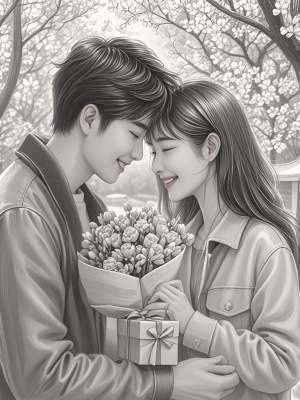The Best Pencil Artists: Masters of Detail and Expression
Introduction
Pencil art is one of the most accessible yet challenging mediums in the world of fine art. The best pencil artists demonstrate an extraordinary ability to capture light, texture, and emotion using nothing more than graphite on paper. From hyperrealistic portraits to imaginative conceptual works, these artists push the boundaries of what can be achieved with a simple pencil. In this article, we explore the techniques, styles, and contributions of the world's most exceptional pencil artists.
The Masters of Hyperrealism
Creating Photographic Precision
Hyperrealistic pencil artists like Diego Fazio and Kelvin Okafor have redefined what's possible with graphite. Their works are so detailed that they're often mistaken for high-resolution photographs. These artists typically spend hundreds of hours on a single piece, building up layers of graphite to achieve incredible depth and realism.
Key techniques used by hyperrealist pencil artists include:
- Layering multiple grades of graphite (from 9H to 9B)
- Using specialized blending tools like tortillons and chamois
- Precision hatching and cross-hatching
- Meticulous attention to light reflection
Contemporary Pencil Art Innovators
Breaking Traditional Boundaries
Modern artists like Paul Lung and CJ Hendry have brought fresh perspectives to pencil art. While maintaining technical excellence, they incorporate conceptual elements that challenge viewers' perceptions. Hendry's oversized pencil drawings of luxury objects, for instance, comment on consumer culture while showcasing phenomenal technical skill.
Contemporary pencil artists often:
- Combine pencil with other media (ink, watercolor, digital)
- Work at unconventional scales (very large or very small)
- Incorporate social or political commentary
- Experiment with abstract forms
The Problem-Solution Matrix in Pencil Art
Overcoming Common Challenges
Even the best pencil artists face technical challenges in their work. Here's how masters approach common problems:
| Problem | Solution |
|---|---|
| Creating smooth gradients | Using circular strokes and gradual pressure changes |
| Avoiding graphite shine | Working in layers with minimal pressure |
| Preserving fine details | Using sharpened hard pencils (2H-4H) for initial sketches |
| Preventing smudging | Working from top to bottom and using a protective sheet |
Learning from the Masters
Developing Your Own Style
While studying the best pencil artists is invaluable, developing a personal style is equally important. Many renowned artists began by copying masterworks before finding their unique voice. Resources like our gallery showcase diverse approaches to pencil art that can inspire your own creative journey.
Key lessons from master pencil artists:
- Patience is more important than natural talent
- Daily practice yields better results than occasional marathon sessions
- Understanding anatomy and perspective is fundamental
- Experimentation leads to breakthroughs
Conclusion
The world's best pencil artists demonstrate that this humble medium can produce works of staggering beauty and complexity. From hyperrealism to abstract expression, pencil art continues to evolve while maintaining its fundamental appeal. Whether you're an aspiring artist or an appreciative viewer, studying these masters offers valuable insights into the power of patience, observation, and technical mastery. For more artistic inspiration, explore our collection of portrait transformation techniques that bridge traditional and digital art forms.

Remember that every great pencil artist started with simple lines on paper. With dedication and study of these masters, anyone can develop their pencil art skills and perhaps join the ranks of these extraordinary creators.